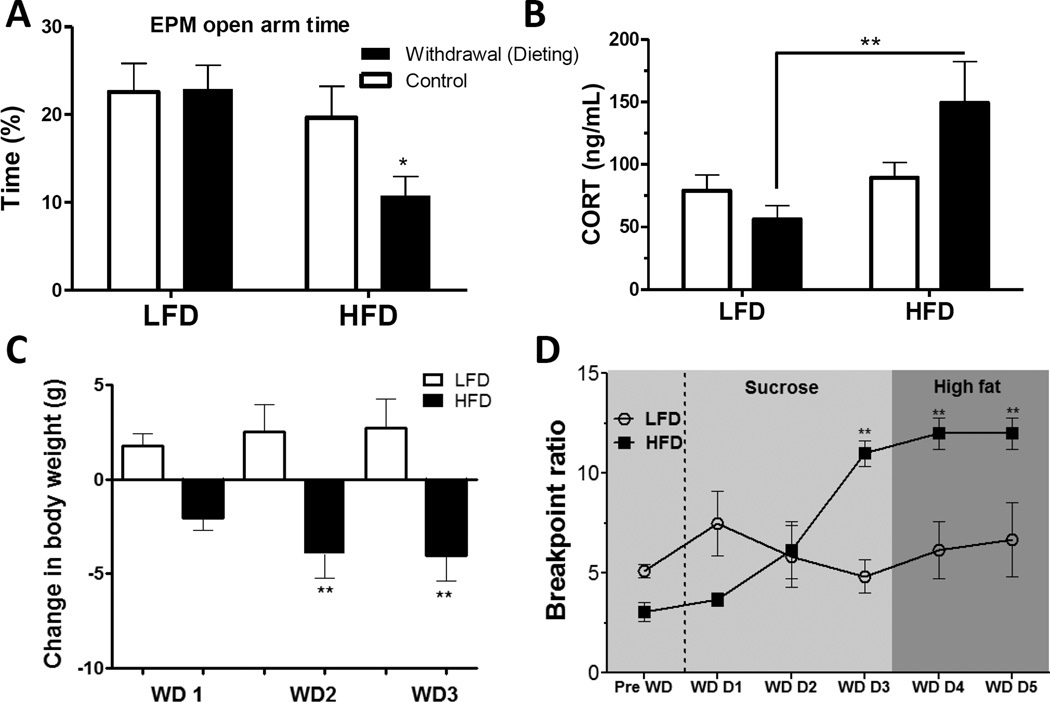Figure 5. High-fat diet (HFD) withdrawal (dieting) increases anxiety, stress and palatable food craving.
(A) Elevated plus maze (EPM) open arm time was significantly reduced in mice withdrawn from HFD as compared to mice withdrawn from low fat diet (LFD). (B) Elevated basal plasma corticosterone (CORT) concentration in HFD withdrawn mice as compared to LFD withdrawn mice. (C) Body weights decreased post-withdrawal in mice subjected to HFD withdrawal (WD: day of withdrawal). (D) Withdrawal from HFD, but not LFD, significantly increased breakpoint thresholds for sucrose rewards (indicating increased motivation for sucrose reward) as of day 3 of withdrawal (WD D3). Breakpoints remained elevated on day 4 and 5 of withdrawal when sucrose rewards were replaced by high-fat food rewards. Mean ± SEM; *p ≤ 0.05, **p ≤ 0.001. Figure from (Sharma et al., 2013b).

